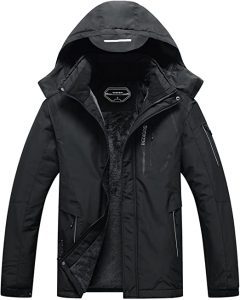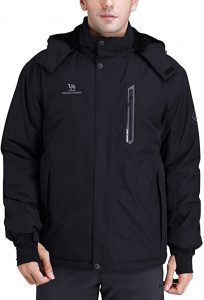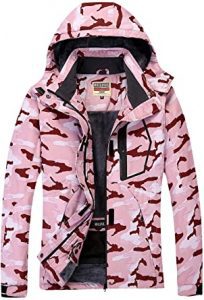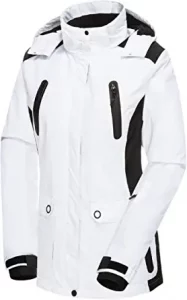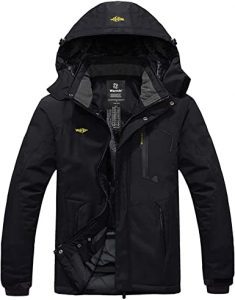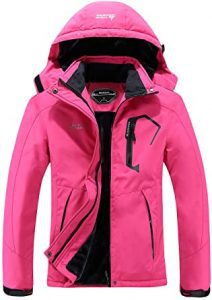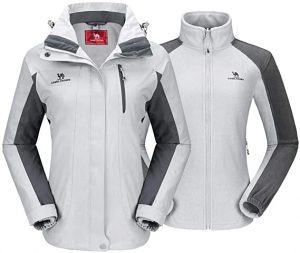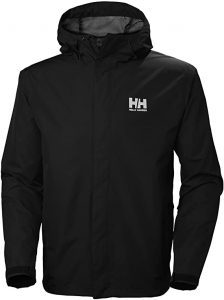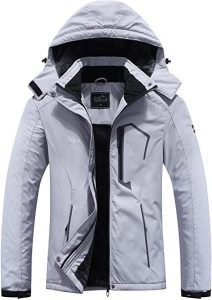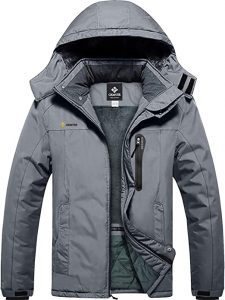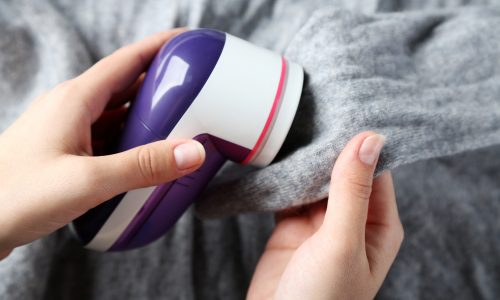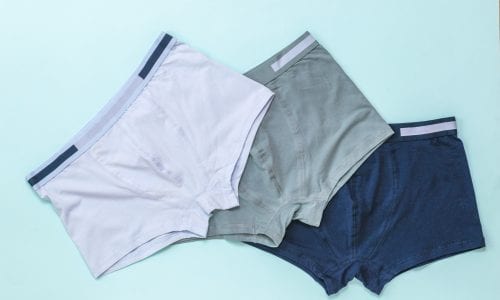The Best Ski Jackets
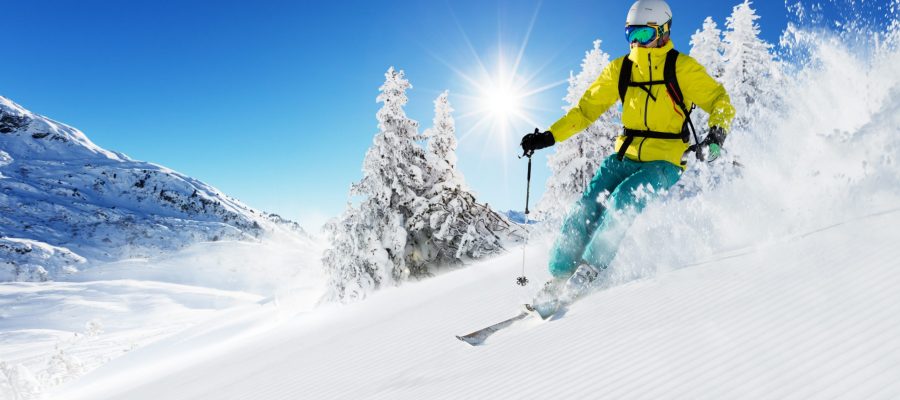
Our Review Process
Don't Waste Your Money is focused on helping you make the best purchasing decision. Our team of experts spends hundreds of hours analyzing, testing, and researching products so you don't have to. Learn more.
Our Picks For The Top Ski Jackets
- 1. SUOKENI Hooded Waterproof Ski Jacket
- 2. CAMEL CROWN Detachable Hood Windproof Ski Jacket
- 3. WULFUL Zipper Closure & Drawstring Hem Ski Jacket
- 4. FREE SOLDIER Hooded Fleece Lined Ski Jacket
- 5. Wantdo Hooded Adjustable Hem Ski Jacket
- 6. MOERDENG Water Repellent Coated Ski Jacket
- 7. CAMEL CROWN Stain-Repellent Waterproof Women’s Ski Jacket
- 8. Helly Hansen Anti-chafe Chin Guard Breathable Men’s Ski Jacket
- 9. Pooluly Adjustable Cuffs Windproof Ski Jacket
- 10. GEMYSE Waterproof Quick Dry Ski Jacket
Whether you ski in the rain or snow, this men's jacket does its job without making you feel weighed down. It is good for ventilation, waterproof and made to resist scratches.
Comfort Without BulkinessThis men's option provides warmth and protection without being too heavy or uncomfortable.
Featuring a 3,000-gram breathability rating, this insulated men's jacket is a good choice for more casual skiing and offers a good degree of waterproofing. It's durable and thick but made not to restrict movement.
Good for Lighter ActivitiesThe breathability rating makes this men's jacket a good option for casual skiing at a resort.
Along with plain colors such as black, purple and blue, this women's jacket comes in fun camo and digital printed styles. The jacket allows for multiple adjustments, resists static and keeps you warm and dry.
Creative Color OptionsThis warm jacket is a good choice when you like having more creative colors to choose from.
Available in 19 colors, this insulated jacket for women is constructed to keep precipitation out and provide warmth with its lining. You'll find pockets both inside and outside the jacket to hold important items.
Plenty of PocketsFeaturing many pockets, this women's jacket keeps you comfortable while securing your items.
Buying Guide
If you enjoy skiing or snowboarding, you’ll want the right kind of jacket that keeps you comfortable and doesn’t restrict your movement during activities. Ski jackets do a good job providing the warmth and weather protection you need in cold, wet and windy climates. In addition, they can usually do this without being too bulky or unbreathable.
There are a few different ski jacket types you can consider depending on how you plan to wear yours and what kind of weather you plan to ski in. They differ depending on how lightweight they are, whether they have insulation, how breathable they are and how much protection from precipitation they offer.
MORE: The Best Ski Goggles
For example, you can find shell ski jackets that provide basic protection and are usually meant to layer with various warm clothing items underneath. These don’t usually have any insulation, so they’re lightweight, breathable and not as warm. While many of these shell jackets are waterproof, certain ones labeled as “soft shells” are just water-resistant and even lighter in weight. These can also be a good idea for warmer winter days.
If you want a very warm ski jacket that offers great protection from the elements, you’ll want to go with an insulated jacket. While these are heavier and less breathable, they’ll keep you warm and dry during ski trips in all kinds of weather. You can find these with insulation made of either synthetic or natural down material, where the synthetic option does better in moisture and the natural option is lighter.
For more flexibility, you can opt for a combination jacket with multiple layers you can remove or add depending on your activities and the weather. The inner layer will have insulation, while the outer will resemble a shell. This means you can wear both on the coldest days and switch to just the shell for warmer days. You can also alter the arrangement based on what you’ll wear underneath.
There are several ski jacket features you’ll want to look out for too. Regardless of the jacket style you choose, make sure you get a protective hood and sufficient pockets for what you’ll carry on you. Ventilation is also important since winter activities can make you sweat even in the cold, so consider jackets that have ventilation pockets you can open as needed. The sleeves, hood and waist can also have features that keep snow from getting inside.
What to Look For
- Finding the right ski jacket size is tricky, so avoid just immediately going with your regular clothing size. First, you’ll find sizing can run differently depending on the manufacturer, jacket style and thickness. In addition, you’ll usually need extra space anyway to accommodate for thicker clothing worn under the jacket. Therefore, it helps to take your chest, waist and hip measurements while dressed in base clothing layers.
- You’ll find no shortage of color options when you shop for ski jackets. You can find everything from classic neutral colors that match anything to bright colors that make you easy to identify. If you ski in a group, a bolder color can especially come in handy.
- If you go with a shell ski jacket, consider wearing fleece clothing underneath for extra warmth. On the other hand, you may wear lighter clothes under an insulated ski jacket to avoid becoming overheated.
- If you plan to ski in a setting where your ski jacket could snag trees, you’ll get better durability with a jacket made of thick fabric. You can expect less protection with shells than bulky insulated jackets.
- Make sure your ski jacket’s hood allows for adjustments based on the weather. Also, you might be interested in a jacket with a detachable hood you can take off if the weather doesn’t demand it or you just have a hat you prefer to wear instead.
- You can find ski jackets with pockets shaped for specific purposes. These can include a goggle pocket, lift pass pocket and a media pocket for your phone. There may even be an opening for a headphones cable.
More to Explore
Did you know that ski jackets have different rating systems that can help you determine how protective and breathable they are? You can use these ratings to ensure the jacket will work well for how and where you ski.
For example, insulated ski jackets will have different breathability ratings that run anywhere from the low thousands to over 20,000 grams, where a higher number means better breathability. A rating under 10,000 can be fine if you won’t do too much strenuous exercise, while the highest rating serves those engaged in demanding activities that make you sweat a lot.
On the other hand, waterproof ratings in millimeters will indicate the amount of water the jacket can handle before it starts to come through the material. Usually, you’ll want a rating of 1,500 millimeters for minimal protection. If you want the best protection in heavy snow and rain, you should seek jackets with a rating of at least 10,000 millimeters. On the other hand, a jacket with a 5,000-millimeter rating can suffice during moderate precipitation.

